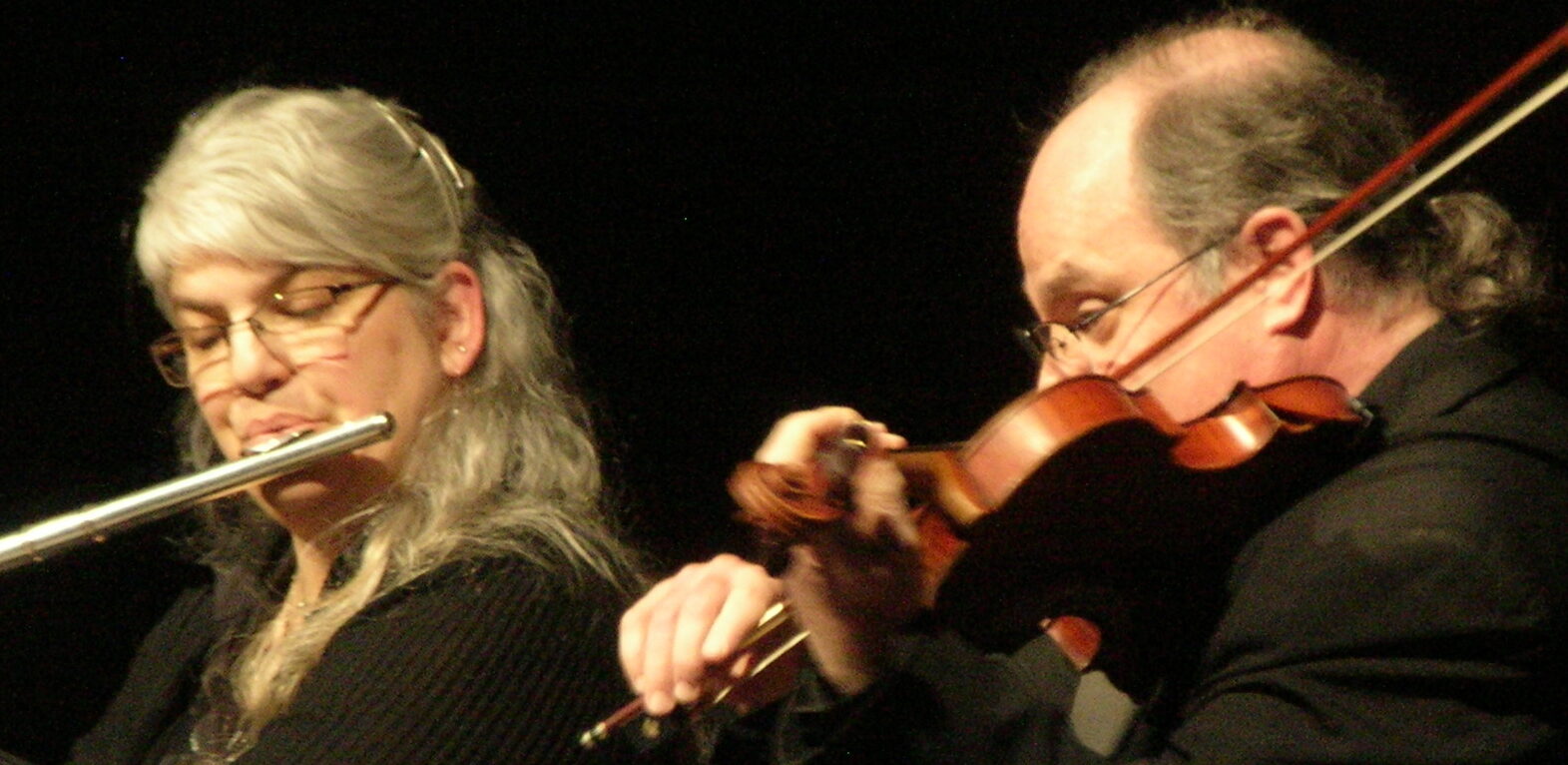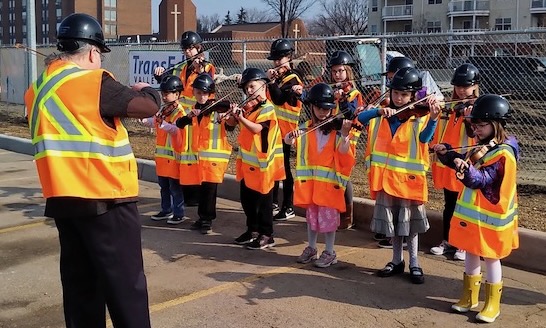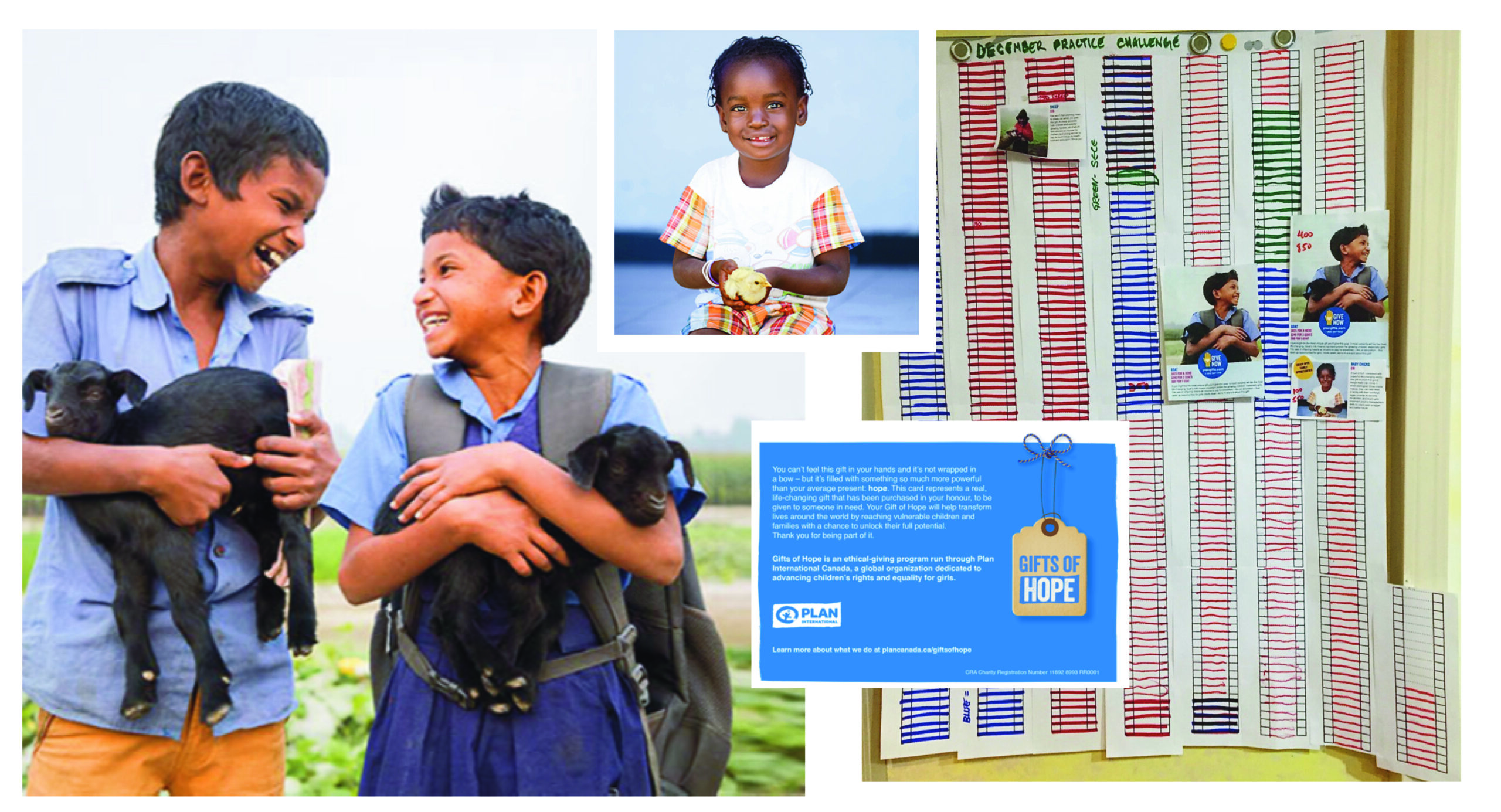We have been doing a lot of reflection as we slowly and cautiously returned to some in person instruction this year. There were many things that we were able to do online that are more difficult to do in person, and there are many things that we do in person that do not transfer well to the online learning environment. We want to combine the best of both platforms to create a hybrid in-person / on-line studio that will serve the needs of both our local students and our distance learners.
Dr. Suzuki was an early adopter of cutting edge technology back at the end of WW II, by using recordings to help parents create an enriched home environment for music learning. We can follow his lead and use some of the on-line resources we have learned to use over the last few years to do the same thing – not to replace in-person instruction, but to help bring the lesson environment into the home at practice time. At the same time we can use on-line platforms to increase accessibility to instruction for those in remote areas, and invite both remote and local students to participate together in hybrid classes.
We are looking at late spring / early summer as an occupancy date for our new studio space that we are building in our new garage, so there will be some exciting in-person events that we want to try as soon as we have access to the space. In the meantime, we will run some other experiments to use on-line platforms in different ways.
- Open Studio times, beginning in April. [Click here for details.]
- Facebook Sharing group [Click here for details.]
- Asynchronous lessons [Click here for details.]
We will be sharing more of our thoughts about how a hybrid studio can work in upcoming blog posts. We are also interested in receiving feedback about these experiments! Let us know what you think.
Thank you for joining us on this adventure.
Thomas & Kathleen




